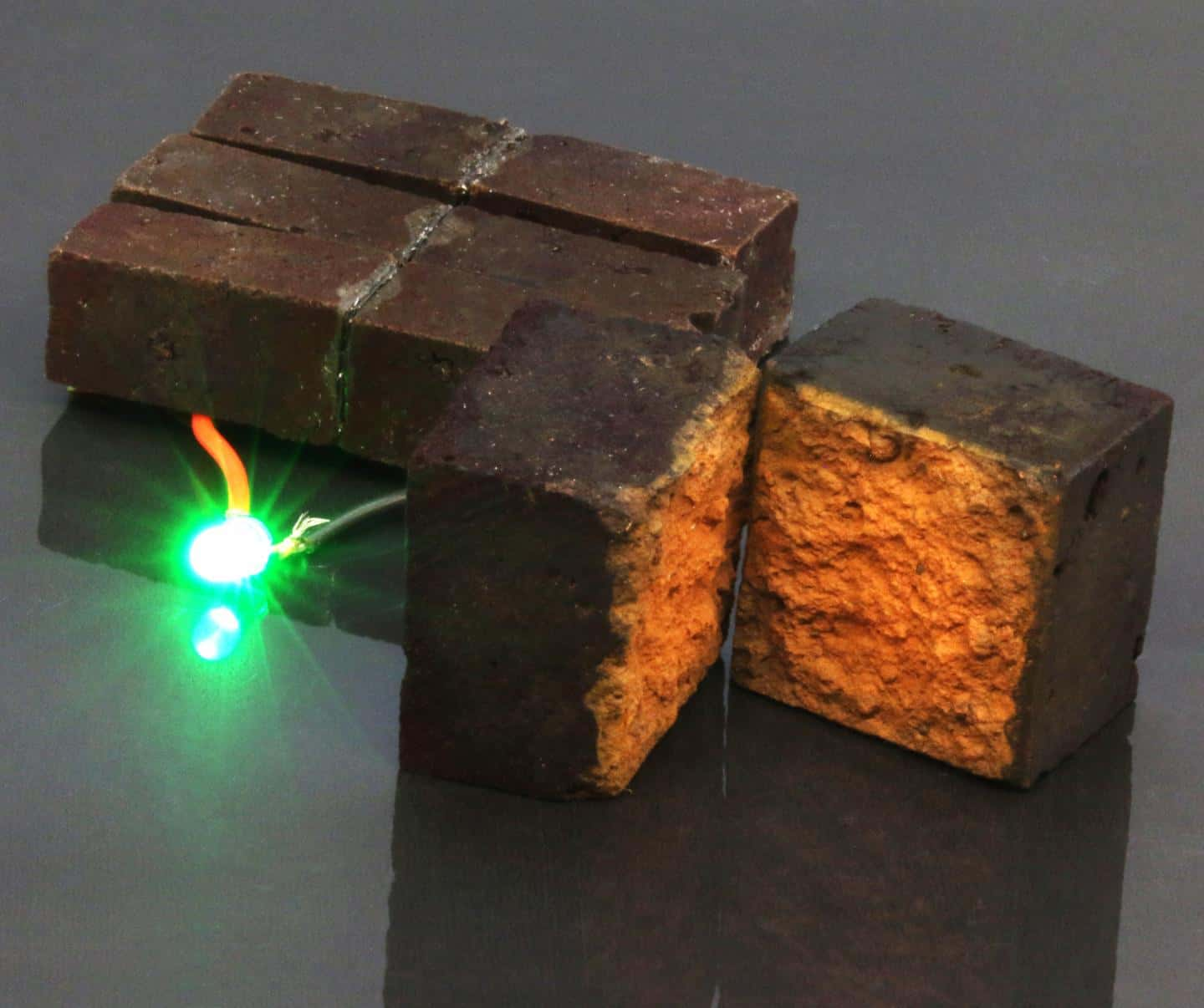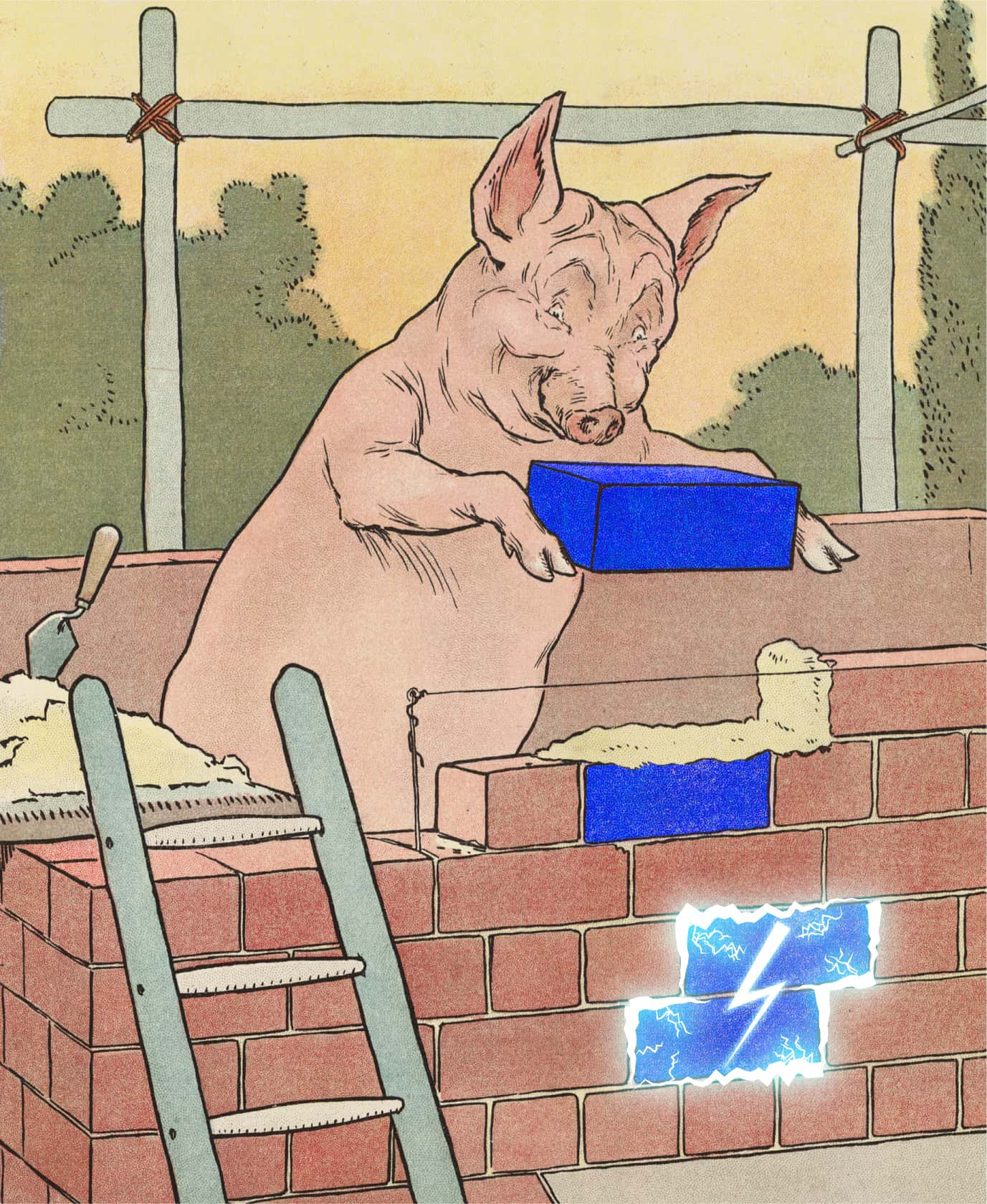Scientists invent smart electricity-storing bricks from ordinary ones, may offer emergency lighting in future

The walls of your home are capable of storing electricity, like batteries. It would need two materials: the humble red bricks and plastic, according to scientists who turned ordinary bricks into "smart" ones in their new study. It opens up the possibility of plugging gadgets directly into American homes.
In fact, bricks are known for absorbing and storing the sun's heat. And because buildings can take up large amounts of space, researchers from Washington University in St Louis wondered if it can also store electricity. So they began testing the feasibility of the idea. The idea of developing smart bricks draws from Dr Julio D'Arcy's previous work. He is the assistant professor of chemistry. Dr D'Arcy's team has been working on developing plastics that allow electricity to flow through them or conductors. "Using a brick was a natural evolution for us because its pigment [rust] is a form of iron corrosion that we have used in the past," he told MEA WorldWide (MEAWW). The team believed that bricks could help produce an even better electrically conducting plastic.
"Our method works with regular brick or recycled bricks, and we can make our own bricks as well," said Dr D'Arcy. "The work that we have published in Nature Communications stems from bricks that we bought at Home Depot right here in Brentwood (Missouri); each brick was 65 cents," he added.

Helping turn ordinary bricks into energy-storing ones is PEDOT — poly polystyrene sulfonate — a polymer that stores and conducts electricity. They created a form of this plastic which not only deposits on the surface but also in the interior pores of the brick, he added. "The plastic coating that we put on bricks makes them blue," Dr D'Arcy explained. When these modified bricks are sandwiched together, they can store electricity. "This is similar to stacking bricks on a wall except the stacking here enables the flow of electricity between bricks," he said. The red pigment in bricks — iron oxide, or rust — is also essential to the process. The authors' calculations suggest that walls made of these energy-storing objects could store a substantial amount of energy. They could provide power to emergency lighting, D'Arcy said. To achieve that, the researchers think, 50 bricks will need to be connected to solar cells.

(Library of Congress)
"Our bricks do not catch on fire because they use water in the device, and also our device can be recharged 10,000 times," D'Arcy said of its advantages. As for the energy-storing abilities [energy density], he explained, it is two orders of magnitude lower than a lithium-ion battery. The latter is used in mobile phones, laptops and other gadgets. Three researchers who developed lithium-ion batteries, John B Goodenough, M Stanley Whittingham and Akira Yoshino, won a Nobel prize in 2019.
Currently, the team is working on increasing the bricks' energy-storing capacity to help power mobile devices. "We believe that we are close to this goal because the current findings in our lab show promising results," he explained. "When we increase energy density, we will certainly have a commercial technology that can be added to any house in America."
The study is published in Nature Communications.